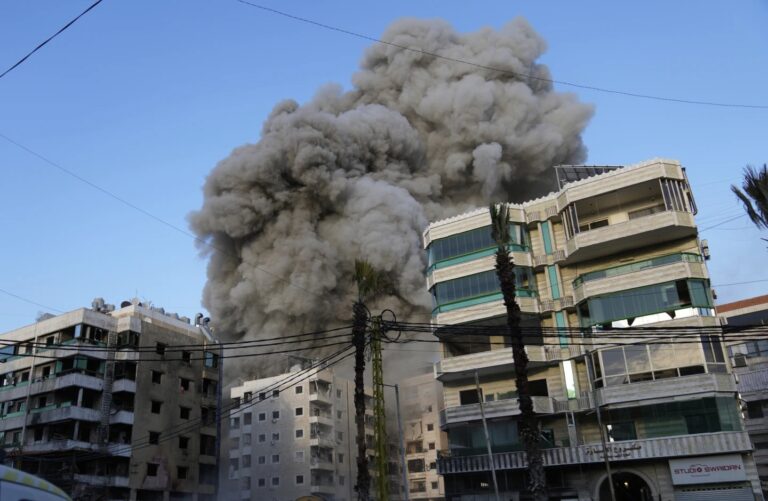 More than 50,000 homeless people a night — the most in decades— are now in New York City’s homeless shelters, a spike that mirrors an overall increase that was the largest among the nation’s cities last year, according to a report released Tuesday.
More than 50,000 homeless people a night — the most in decades— are now in New York City’s homeless shelters, a spike that mirrors an overall increase that was the largest among the nation’s cities last year, according to a report released Tuesday.
Homelessness has been a troubling and contentious aspect of life the nation’s biggest city for decades. But it has become an escalating crisis in recent years, amid a chronic shortage of affordable housing and an unemployment rate higher than state and national levels.
“The state of homelessness in New York City has never been worse,” at least since the Great Depression, said the coalition’s president, Mary Brosnahan.
Advocates for the homeless portrayed the rising shelter population as the result of failures by a mayor who pledged to reduce homelessness by two-thirds; instead, the shelter numbers have risen at nearly that same rate since Mayor Michael Bloomberg took office in 2002. But the city’s top homelessness official said some progress has been made and advocates’ complaints don’t acknowledge steps the city has taken to improve homeless people’s prospects.
An average of 50,135 people per night were in city-run shelters in January — a 19 percent increase over the previous year, according to the Coalition for the Homeless report based on city data. It was the first time the number has topped 50,000 since record-keeping began in the 1980s.
The total included an average of 21,000 children, part of the homeless families who now account for more than three-quarters of the shelter population.
For the first time since 1987, the average homeless family now stays in a shelter for more than a year. The number of single people in shelters is also approaching a 1987 high.
And those statistics are only part of the picture. Homeless who live on the streets are counted separately — results aren’t yet in from the latest count, in January — and the shelter numbers don’t include people displaced by Superstorm Sandy or those in special shelters for domestic violence victims or runaway youths.
The federal Department of Housing and Urban Development estimated the city’s overall homeless population last year at 56,672, or nearly one in every 10 homeless people in the country. The second largest homeless population is in the sprawling county of Los Angeles, where the estimated number shrank by about 7 percent last year, to 42,353.
New York’s homeless population, by contrast, grew by more than 5,500 people, HUD said in a November report. The increase was bigger in raw numbers than that of any other city, though some other cities’ homeless populations are growing at faster rates.
The homelessness coalition lays much of the blame on the city, saying officials have backed away from trying to secure housing for the homeless. A few years ago the city stopped giving homeless families priority in applying for some public housing apartments and federal Section 8 vouchers. The city also ended a temporary rent subsidy for formerly homeless families two years ago after the state stopped pitching in.
Officials said they had no choice but to cancel the rental assistance — which the coalition had criticized as ineffective — and the city felt the housing-priority approach offered little more than false hope. The city stopped taking new Section 8 vouchers in 2009, and its public housing authority has a roughly seven-year waiting list, Homeless Services Commissioner Seth Diamond said.
Meanwhile, the city has focused on helping homeless people find jobs and get on their feet financially, offering legal assistance and other services to people at risk of becoming homeless and improving conditions in shelters, Diamond said.
“We haven’t gotten the reduction we would have hoped for. We have to admit that,” he said Tuesday. “… But I think, in some ways, (critics) overlook what is the real service to those who are homeless, which is investing in their lives.”
Nine percent fewer families applied to get into shelters last year than in 2010, he said, and more than 25,000 shelter residents have started jobs in the last three years, Diamond said.
(AP)










